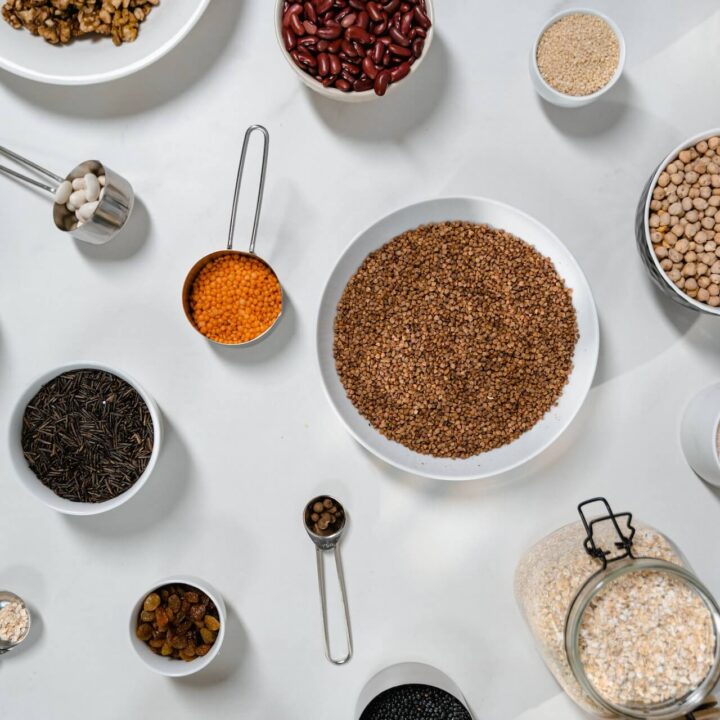
A few weeks ago Max came down with a pretty bad cold. It made him fussier than usual of course, but this time especially with food.
He started turning down all the things he usually loves and when he did eat something it seemed like it was harder to swallow. All while his nose is just streaming everywhere. Bleak.
Only when he's sick does he not want to leave the house. He practically refuses to go anywhere. Although that's pretty much how I feel too I guess. Except that he can't just put netflix on and sit on the couch with a blanket and a cup of tea (not yet at least).
And since he's still growing every day, I still need to make sure he's getting some calories. So what do you feed your child when they don't want to actually eat anything?
Fortunately it's not complicated. And there's a really simple way to make sure they get exactly what they need.
Number 1 Priority: Hydration
Hydration is the single most important thing when you or your child have a cold. The body is using way more energy than normal, and losing more fluids, to fight off the disease – and the effect is greater for your child than it is for you. So that should be your number 1 concern. Luckily, signs of dehydration are not that hard to spot:
Signs of dehydration
- Absence of tears
- Reduced urine
- Dry mouth
If you have reason to worry and you're breastfeeding or bottle-feeding, it makes sense to offer milk/formula way more frequently than usual.
If your child is older than 1, then plain water and milk are ideal. Diluted kefir/yogurt is a good choice too. If none of that works, diluted fruit juices (or water used to cook fruit) is a sweeter alternative. We normally avoid too much fruit juice but at this point ensuring proper hydration is the goal.
Number 2: Calories!
If hydration is taken care of, your next priority is to load up on calories. And for that, there are 2 things that you're looking for:
- Calorie-dense food
- Nutrient-dense food
High-Energy Food
If they aren't going to eat a lot, make sure you get as much as possible out of every bite. Calorie-dense (high-energy) foods are the ones that literally give you more bang for your buck.
Examples of high energy foods:
- Nut butter
- Avocado
- Whole grains
- Whole milk
Nutrient-Dense Foods
With the body under more strain than normal, getting sufficient micronutrients is really important for recovery. And a great way to get them is from fruit and vegetables.
They are basically the definition of nutrient-dense foods. That means they're absolutely packed with vitamins and minerals. And as a bonus, they are also full of water.
So not only are they great a great delivery system for those important micronutrients, they also help address your top priority.
They aren't particularly high in calories however but by combining them with the high-energy foods above, your child will have everything they need.
The Simplest Way To Treat A Cold With Food
If you want to take care of hydration, pack in some high-energy and nutrient-dense foods, all while you're busy taking care of a sick child, then it's time to break out the blender (affiliate link to the blender I use every day).
Smoothies are the perfect way to increase fluid intake, and load up on nutrients and calories with only a small amount of food. And they are easy to swallow even with a sore throat.
Take your pick of milk, water, or fruit juice, add some fruits and veggies for the micronutrients, and then some peanut butter, avocado, or oats for the calories (here are some suggestions for you).
One final tip – add in some fresh ginger (peeled) as well. Ginger has anti-inflammatory properties and helps to boost your immune system. Just don't overuse it or it will totally overwhelm the taste!





Comments
No Comments